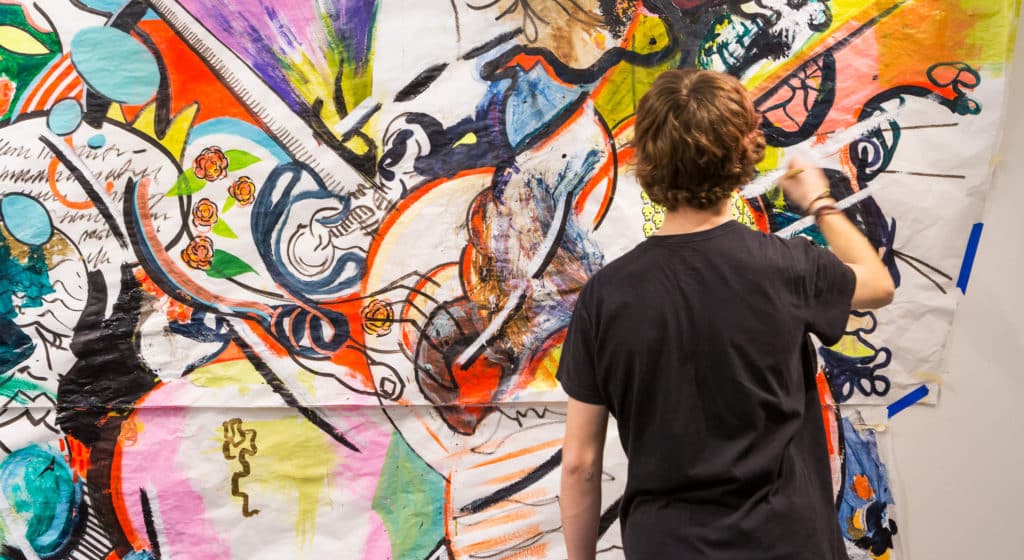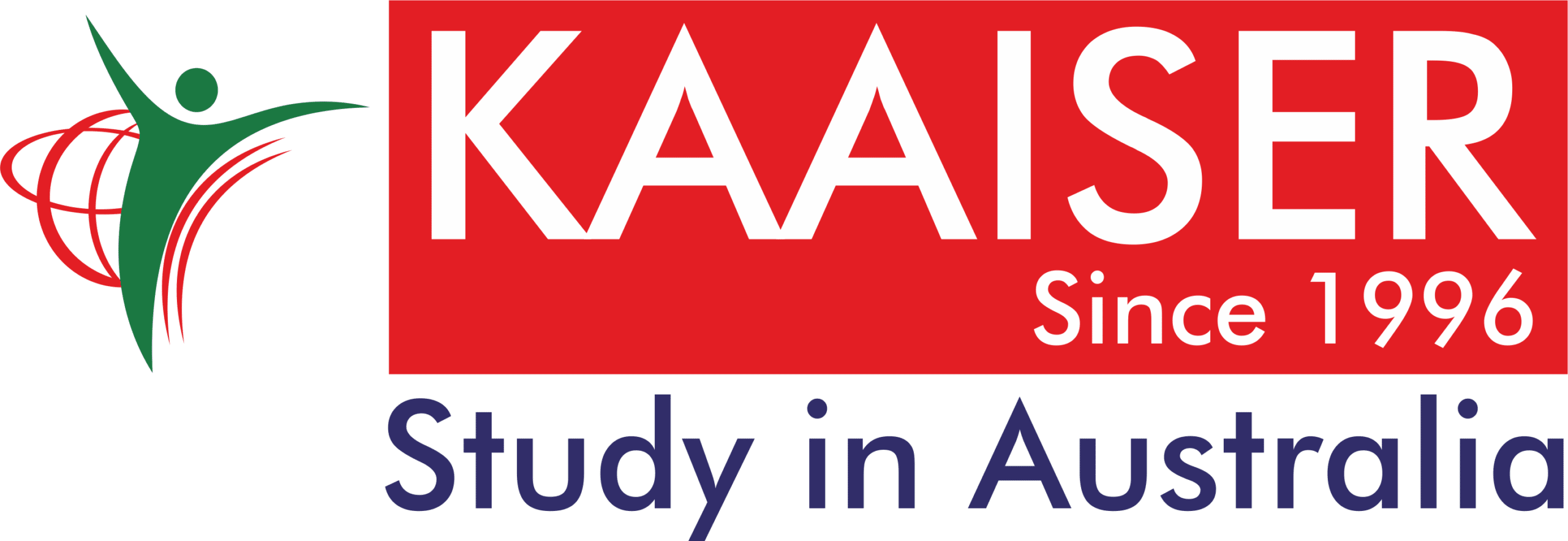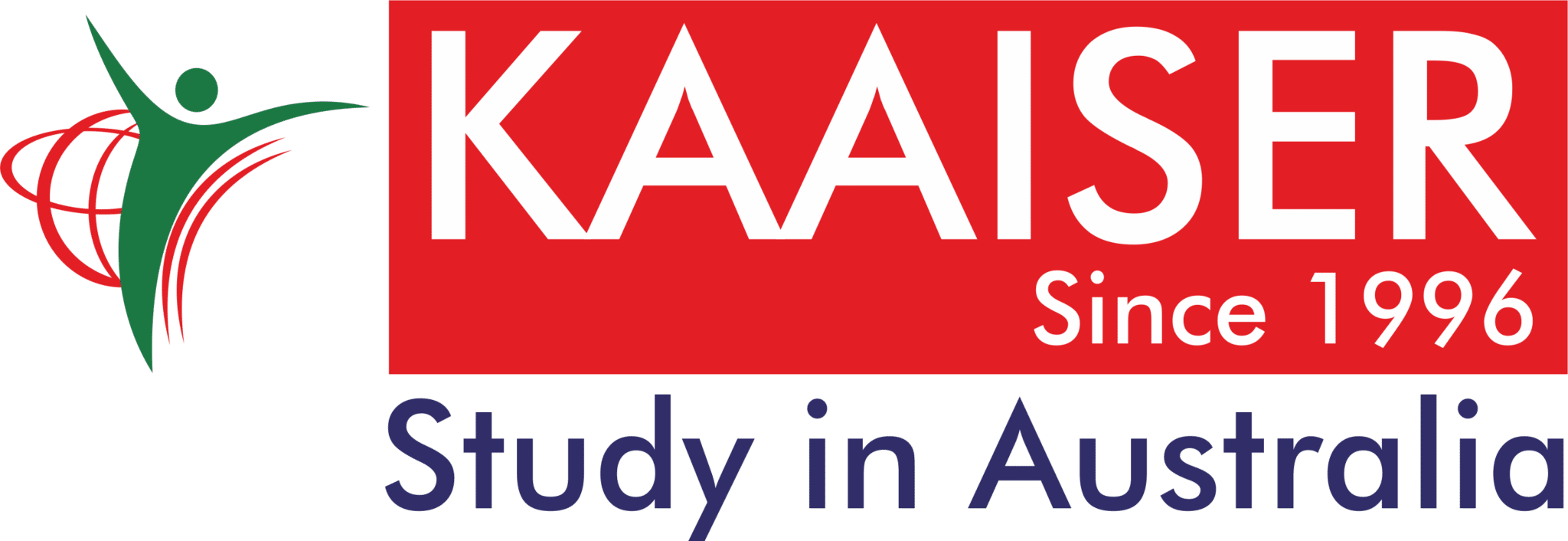
Increasingly, more and more Indian parents are sending their children to study in class 8 to class 12 in Australia. Many factors are responsible for this latest trend. Earlier UK was the first choice for schooling abroad but now Australia has gained popularity in India.
Australian schools offer an excellent balance of academics, sports, curricular activities, outdoor activities and complete overall development to face the rigors of university and life beyond. A good multicultural mix of students, excellent weather, and excellent exposure to sports cricket, soccer, golf, tennis, squash, horse riding, swimming, shooting, archery, boxing etc. make Australian schools a very attractive proposition.
There are two types of schools in Australia – Private schools and Public schools. Choose which one suits you the best for your child’s schooling in Australia.
Schooling Year 8 to 12 in Private Schools in Australia
Independent schools or private schools are non-government schools which are not operated by government authority and have a system of governance which is responsible for their independent operation. Private schools are usually run by board of governors or an independently elected school council .Some independent schools may be operated by religious bodies as well
Most of the private schools have very good financial resources and they tend to provide extensive teaching and sporting facilities. Majority of the schools have state of art facilities like music and art studios, theaters, modern sports halls, tennis courts and swimming pools.Private schools may also offer sports such as polo and rowing which is not available at public schools. Private schools have several clubs and after school training. Many private schools offer IB curriculum which is world recognised and prepares the students for university study. Private schools also offer many academic scholarships to attract talented students
The education level in Private schools is demanding, and in a certain way more “academic” than at state schools. Extra-curricular activities play a big role: all students are actively engaged in sports and/or music. There is always something happening before, during and after daily school hours – including weekends – and the options seem endless. In that respect, the higher school fees represent excellent value. These schools tend to have fewer overseas students, but they look after them individually and intensively. The student to teacher ratio is better.

The private schools offer multi-faceted opportunities. Students with musical experience can play in excellent orchestras (from classical to jazz) or sing in outstanding choirs. Sport is a priority; there are many teams and competitions against other schools. Often, private schools have their own swimming pool (sometimes even Olympic-size), tennis courts, cricket, rugby or soccer fields, or even their own golf courses. Unlike state schools, many private schools are also boarding schools and some are outside the city so they can only go home during school holidays.
All Schools in Australia follows National Curriculum Framework which helps to set high national standards of subjects like English, Mathematics, Science, History, Languages, Geography, the Arts, Health and Physical Education, Information and Communication Technology, Civics and Citizenship, Economics and Business. Across all Australia school education is similar with minor difference between states & territories. Secondary education is 8th to 10th. Senior secondary is of 2 years i.e 11th & 12th.
Private school fees are comparatively higher than public school and tuition ranges from A$, 20,000-35,000 per year.
Schooling Year 8 to 12 in Public Schools in Australia
State schools or Public schools are funded by the government. State schools are not as formal as private school. Along with the basic subjects, Public schools offer various other subjects to the students and the students have a great flexibility in choosing the subjects as per their choices. State schools also offer facilities like modern computer labs audio-visual recording studios etc.
Public schools provide vocational training centres with state-of-the art technology, multimedia facilities and photo labs. Programs are available across subjects like music, dance, drama and ballet, to business management, information technology and aeronautics. Sports may include football, golf, basketball, tennis and even surfing in some coastal areas.
Public schools have lesser fee compared to the private schools. The class size is small and so students are given personalised attention. They have university qualified and trained teachers.

Public schools or State schools are not as formal as private schools. Apart from the basic subjects, state schools have great flexibility when it comes to the subjects they make available to their students. Individual schools offer a total of more than 50 different subjects, of which students must choose six (some are compulsory). Classes are held from 9 am to 3 pm. Sports activities – if selected – are also held during this time.
All state schools have modern computer labs; some even have audio-visual recording studios. There are vocational training centres with state-of-the art technology, photo labs and multimedia facilities. Individual programs range from subjects such as music, dance, ballet and drama, to business administration, aeronautics and information technology. Sports include football, golf, tennis basketball and even surfing in some coastal areas. Certain schools also offer Excellence Programs with a large variety of languages, sports, arts and music.These schools are a good money-saving alternative that delivers an educational level designed for all students.
Public Schools also known as Government Schools or State Schools are free for Domestic students and permanent residents. Some government Schools may charge Service fee. Public Schools are run by the State Government. A School year in Australia starts in January and ends in December. The State government supplements the funding for Public Schools. The curriculum standards is authorised by one body for both Public and Private Schools. The curriculum offers learning areas in: English, Mathematics, Arts and Humanities, Environment, Geography, Science ,Health and Physical Education.

